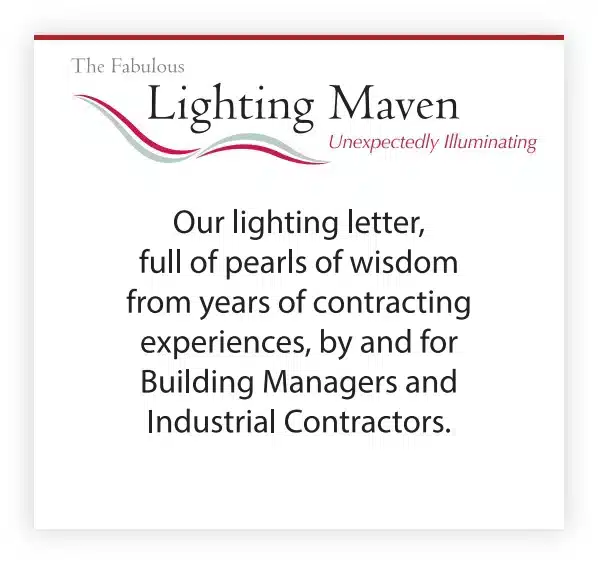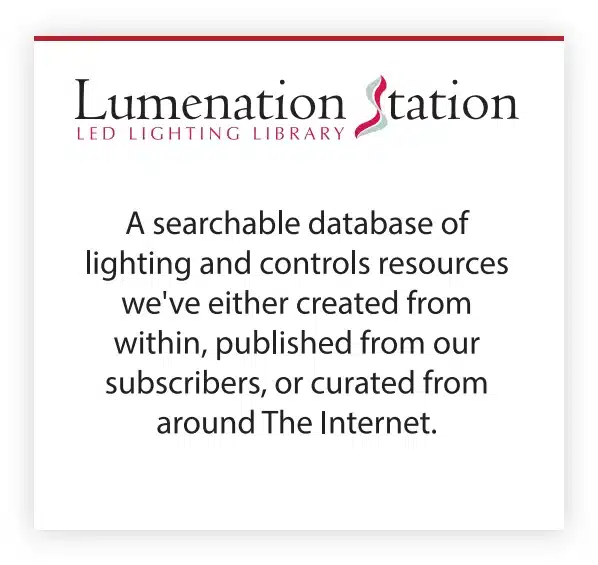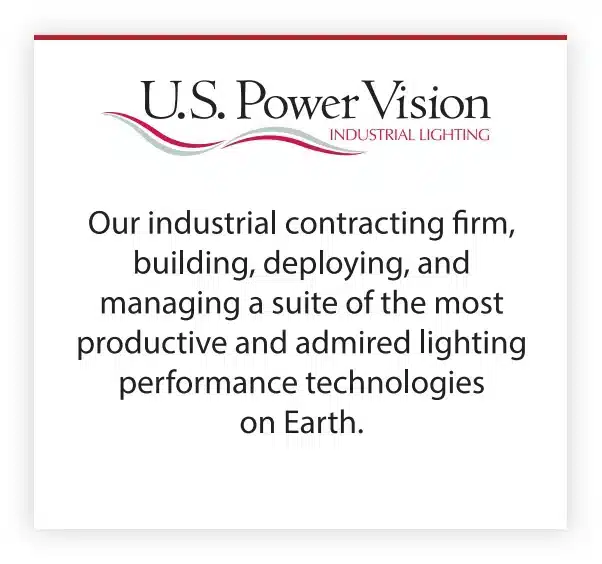Dear Reader:
Most manufacturing and food processing plants include some spaces that are classified by the National Electrical Code (NEC) as hazardous locations, “where fire or explosion hazards may exist due to flammable gases or vapors, flammable liquids, combustible dust, or ignitable fibers or flyings.” The Occupational Safety and Health Administration (OHSA) has written a concise, 10-page version of the standards inherent to the three classes of Hazardous Locations, and a prudent Facilities Manager would be smart (and you’re all smart .. ) to reference this here: Hazardous Locations.
In a nutshell, a space is ‘Hazardous’ if one or more of the following is present:
Class I: Gas or Vapors
Class II: Dust
Class III: Fibers and Flyings
In addition to the types of hazardous locations, the National Electrical Code also concerns itself with the kinds of conditions in which these hazards can be found, and divides them into ‘Normal’ versus ‘Abnormal’. Quick definitions of each follow:
- Division 1 – Normal. The hazard would be expected to be present in everyday production operations or during frequent repair and maintenance activity.
- Division 2 – Abnormal. When the hazardous material is expected to be confined within closed containers or closed systems and will be present only through accidental rupture, breakage or unusual faulty operation.
The nature of the hazardous substance is grouped by NEC as well, into Groups A, B, C, and D in Class I locations,
and, in Class II locations: Groups E, F, and G.
And finally, the sources of ignition is important. From the OHSA write-up: “Arcs and sparks produced by the normal operation of equipment, can ignite a hazardous location atmosphere. The high temperatures of some heat producing equipment, such as lamps and lighting fixtures, can ignite flammable atmospheres if they exceed the ignition temperature of the hazardous material. The National Electric Code requires special marking of heat producing equipment with temperatures above 100 C (212aP). Electrical equipment failure is another way an explosion could be set off. A burn out of a lamp socket or shorting of a terminal could spark a real disaster in a hazardous location.”
You’ll want to make sure the LED lighting fixtures you are considering are rated for the spaces you plan to put them in, and the specification sheets for those fixtures will tell that story.






